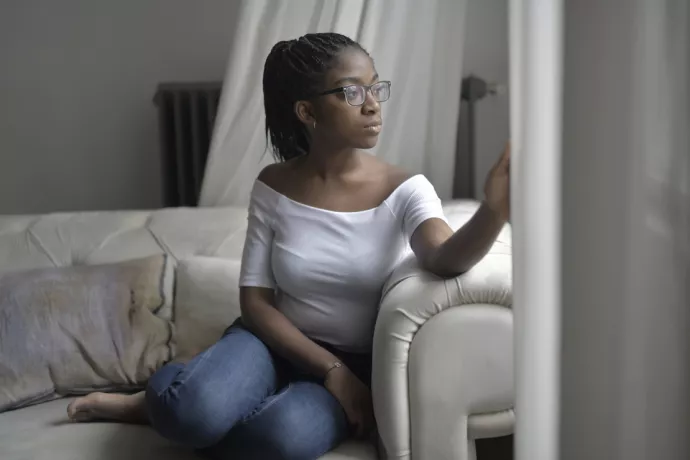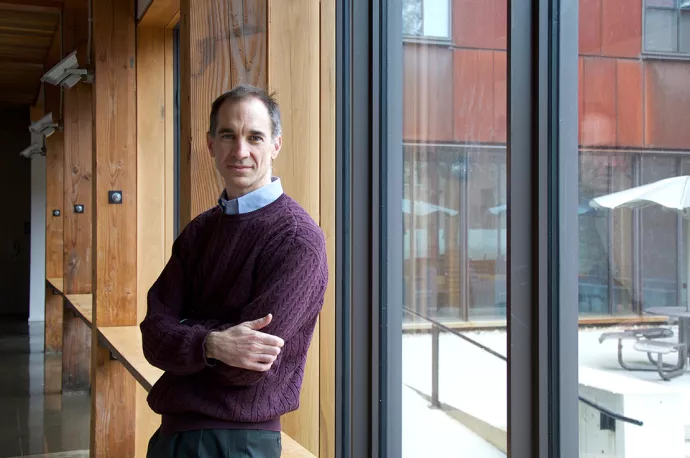
Economic shutdown also has health consequences, says UTM economist
Professor Philip Oreopoulos agrees wholeheartedly with Premier Robert McNeil of Nova Scotia and his emphatic, “Stay the Blazes home,” a belief he recently shared publicly in a Toronto Star Op Ed piece.
As the COVID-19 pandemic unfolds, Oreopoulos, a labour economist, has been considering the health costs, both in terms of the coronavirus and with regard to the impact unemployment has on health and finds it to be a lose-lose situation if isolation drags on as we struggle to bring the disease under control.
“Not enough isolation will lead to thousands dying prematurely. Too much isolation will also lead to thousands dying prematurely,” Oreopoulos says.
In other words, there are mortality costs from job displacement. Oreopoulos says that the estimated life-years lost from losing one’s job unexpectedly average 1.5, with mortality rates doubling within a year of job displacement and remaining significantly greater throughout the rest of a person’s life.

Most Canadian banks currently forecast a large spike in unemployment from isolation measures, but then a partial drop back down to an unemployment rate of around 9 per cent by the end of summer, after many unemployed return to their same employer. Under this ‘best-case scenario’, of a 3.3 per cent increase in unemployment, 627,000 Canadians will be left to look for work elsewhere (3.3 per cent of the 19 million employed last quarter). Multiply that by the aforementioned 1.5 per cent mortality rate, 940,500 life years will be lost.
“If you compare that to the estimated life-years lost from the disease itself, in some projections the economic costs are actually larger,” Oreopoulos says. “That’s on top of wage costs and mental health costs. It paints a really grim picture.”
Oreopoulos is quick to point out that it doesn’t boil down to a trade-off between the two.
“People can’t go back to work and regular commerce until they feel safe to do so,” he says. “But the longer it takes to ‘flatten the curve’, the more health problems we’ll have from people out of work. It’s a lose-lose situation.”
Of course, there are also long-term economic costs from job displacement. Oreopoulos notes that research by labour economists shows that laid-off workers can experience permanent economic effects, even after they are rehired. One estimate indicates that during large recessions – including the one we’re currently experiencing – displaced workers lose, on average, the equivalent of 2.8 years of pre-displacement earnings.
Oreopoulos says he is concerned because there really is no Plan B.
“We need to take this (self-isolation, physical distancing) seriously enough so that it works and we can get back to something normal. The 20 per cent of people not doing so are ruining it for everyone. Either we’re all in or we have a problem.”
Oreopoulos’ ultimate message is, “Stay home. There is more that everyone can do to double down and make this all go away.”
